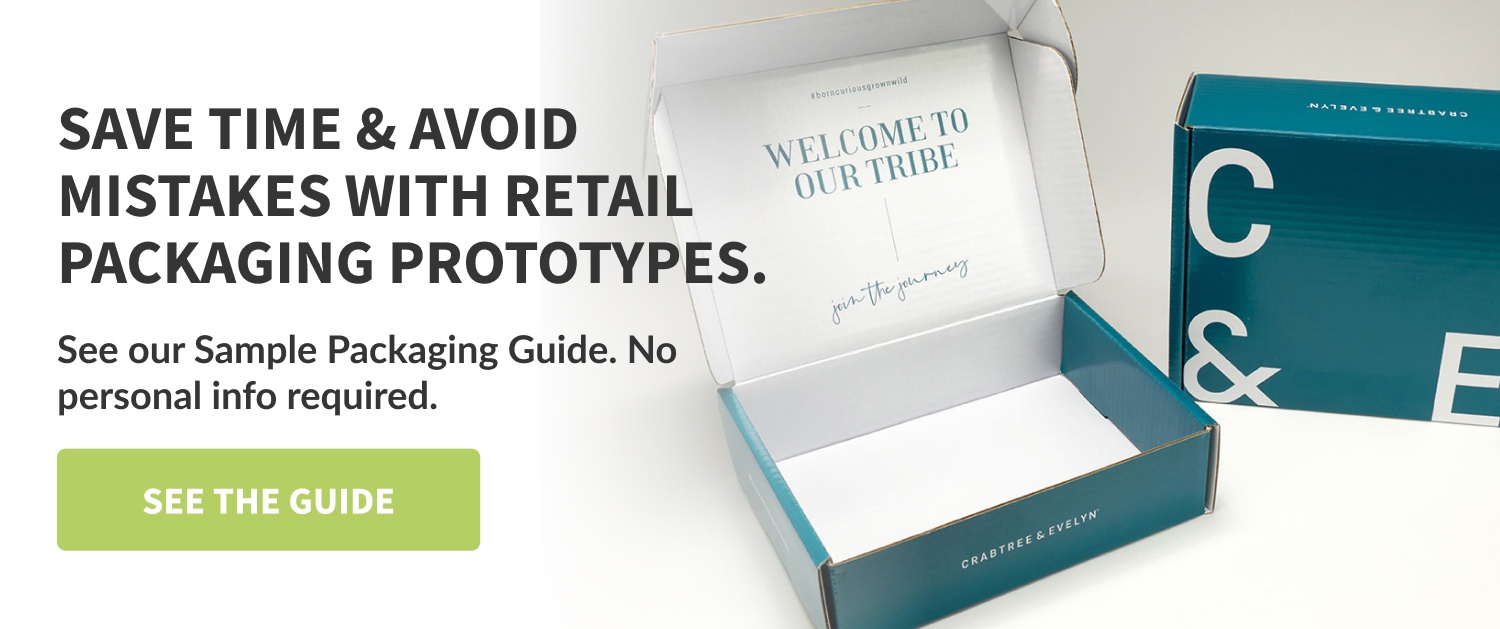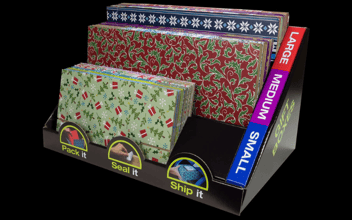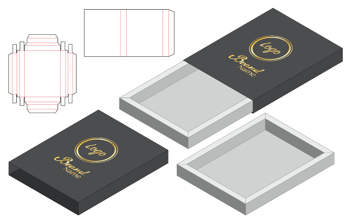What Does a Point of Purchase Display Cost?
Studies show that consumers trust physical advertising more than digital ads. As the public moves away from digital ads, traditional advertising has become a crucial part of any marketing campaign. Point of purchase (POP) displays are a great way to capitalize on this trend and attract new customers in a retail setting.
In this blog, we’ll explain how much point-of-purchase displays cost and answer common questions about ordering POP displays.
What are Point of Purchase Displays?
A point of purchase display is a collection of products placed in a retail store to encourage customer purchasing decisions. POP displays provide an opportunity for brands to show off their aesthetics and values and entice customers to purchase multiple products at once.
You’ve probably seen POP displays near the checkout aisle or at the end of other aisles. Point of purchase displays are strategically placed to attract customers who will be more willing to throw another item in their cart.
Think of a point of purchase display as a miniature billboard that will direct customers toward products they might otherwise overlook on the shelf. If it is well-designed, a point of purchase display can boost sales and customer loyalty at the same time.
Types of Point of Purchase Displays
Choosing the right point of purchase display depends on many factors, including the size of the retail space and the type of product your company sells. To get the perfect POP display, consider ordering sample packaging before you commit to the final design. Read on to learn more about the primary types of point of purchase displays.
Temporary POP Displays
Most point of purchase displays are temporary and generally include seasonal products, special offers, or new promotions. Because temporary POP displays are usually made from cardboard, they are relatively inexpensive to produce, so you can replace them once a quarter or monthly.
Temporary point of purchase displays include countertop displays, end cap displays, and dump bins. If you sell affordable merchandise like gum or candy, consider using a countertop POP display to place your products near the checkout.
Dump bins are a great option for pillows or other home furnishings that can be placed at the end of an aisle. Whichever POP display you choose, be sure to place it at eye level so customers will naturally gravitate toward your products.
Semi-permanent POP Displays
Also known as off-shelf displays or secondary displays, semi-permanent point of purchase displays are usually meant to last from three months to a year. Because they’re made from stronger materials like glass, metal, wood, heavier cardboard, & hard plastics, semi-permanent POP displays are more durable and reliable.
However, semi-permanent point of purchase displays are also more expensive, so you’ll need to hold onto them longer to make back your investment. These displays range in size from countertop displays to full-sized aisle displays. Semi-permanent displays are a great option for best-selling products that are popular all year round. Collect related products that give a positive impression of your company and match your packaging with your POP display to create a cohesive brand image.
Permanent POP Displays
As the name implies, permanent point of purchase displays are made from durable materials and can last from 3-5 years or even longer. It’s important to customize permanent point of purchase displays so that you’re totally happy with the final product. Consider ordering sample packaging so that you know what to expect, before committing to a display for several years.
You’ve probably seen permanent POP displays everywhere from liquor stores to craft stores. If your products are a permanent fixture of a retail setting, it makes sense to invest in a durable POP display that will promote your brand for years to come.
Digital POP Displays
These days, digital point of purchase displays are increasingly common because they are visually striking in a retail space. Digital POP displays can be virtually any size and usually include a digital monitor or LCD screen.
Grab shopper’s attention with a captivating video or slideshow and include products just below the screen. Once consumers see your product in action, they will be much more likely to make a purchase. This is especially helpful for products that require assembly like electronics, toys, and power tools.
Related Content: 3 Examples of Amazing Point of Purchase Displays
What Does a POP Display Cost?
With the wide variety of possible point of purchase displays, cost can vary immensely. Keep these factors in mind when calculating the cost of your point of purchase display.
Printing and Branding
Because most POP displays are custom-made for each brand, there is no standardized pricing for printing. In general, consider the complexity of your design in order to predict the final POP display cost. A simple design without excessive branding should be relatively affordable, whereas a more complicated design will be more expensive.
You can print virtually anything on a point of purchase display including pricing information, typography, images, photos, and graphics. Be sure to include relevant information but don’t make your POP display too busy. Focus on the salient features of your product, and save money without overcomplicating your display. Consider ordering sample packaging so you can fine-tune your POP display’s design before sending it into the world.
Materials
Obviously, material prices make a huge impact on your total point of purchase display cost. Temporary displays are made with cheaper materials like litholam corrugate and cardboard. However, if you plan to use POP displays as a long-term marketing strategy, consider the replacement cost of temporary displays.
If you want to use a semi-permanent, permanent, or digital point of purchase display, your upfront cost will be much higher—but you could save money in the long term if you use the same display for multiple years.
For example, if you have a core selection of popular products that you want to highlight, a permanent pop display might be the right choice.
Size
Determine how many different products you plan to sell at one time. Smaller displays can hold an average of around 30 units, while larger floor displays can hold hundreds of units. Obviously, larger displays are more expensive, but they also offer the opportunity to sell more merchandise and recoup costs more quickly.
If you sell inexpensive products like gum or lip balm, a small countertop display is probably the best choice. However, if your company makes a larger, more expensive product like power tools or furnishings, it might be worth investing in a larger display. You might be able to recoup the costs of your point of purchase display after selling just a few high-priced items. When in doubt, order a couple of POP display samples and see which one works best for your brand.
Increase Sales with a Point of Purchase Display
As more consumers avoid digital ads, it’s a great time to invest in a point of purchase display and take your advertising to the next level. POP displays have a great return on investment, given that 82% of purchasing decisions are made in-store and 16% of impulse buys are informed by POP displays.
Before you invest in a POP display, compare and contrast temporary, semi-permanent, permanent, and digital displays. Then consider the complexity of your branding, cost of materials, and size of your POP display. If you’re not sure, sample packaging is a great way to try before you buy.
Whichever option you choose, point of purchase displays offer a valuable opportunity to put your products directly in front of consumers.






